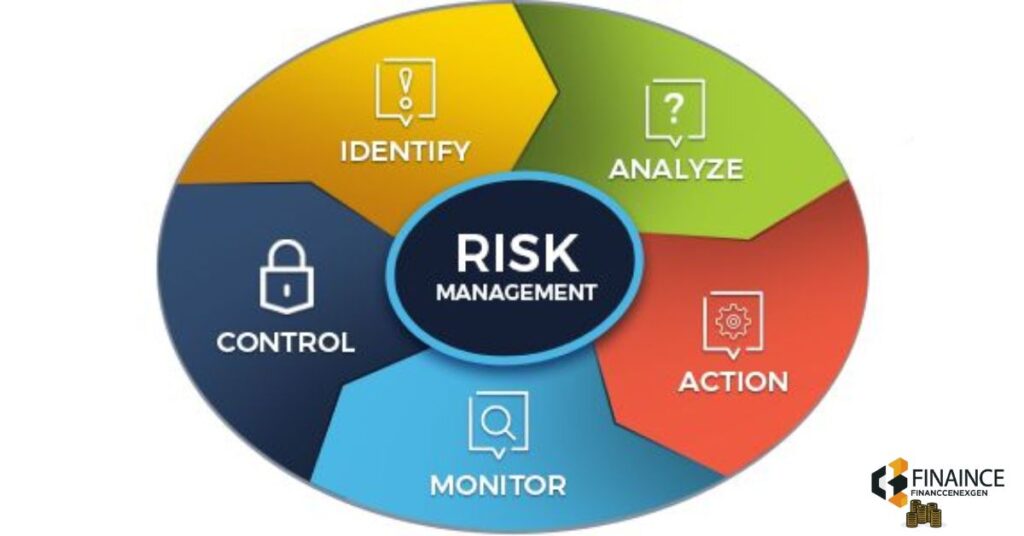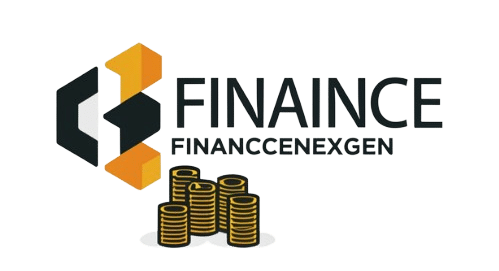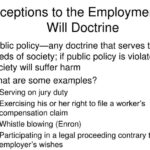The insurance industry faces significant challenges in adapting to digital transformation. Inefficient processes lead to delays, errors, and increased operational costs. Stakeholders often lack clarity on their roles and responsibilities, resulting in confusion and miscommunication. To address these issues, understanding the Process, Roles, and Responsibilities (PRR) framework is essential.
This framework offers a structured approach to streamline operations, ensuring that tasks are clearly defined and efficiently executed. By implementing the PRR framework, organizations can improve data management, enhance collaboration, and ultimately deliver better service to clients in the digital age.
Understanding the Digital Placement Process
The digital placement process refers to the method of digitally offering and securing insurance policies. Its primary objective is to streamline transactions between brokers, insurers, and clients. This process eliminates delays and improves accuracy, making it easier for all parties involved. By digitizing these transactions, the insurance industry can respond better to market demands and customer expectations.
Importance of Digital Transformation in Insurance
Digital transformation is reshaping the insurance landscape. It drives innovation and improves customer experiences. Companies are leveraging technology to automate processes and analyze data more effectively. This shift allows insurers to offer personalized products tailored to clients’ needs. Embracing digital tools ensures companies remain competitive and responsive in a rapidly changing market.
Roles and Responsibilities in PRR
Roles and responsibilities are vital in the Process, Roles, and Responsibilities (PRR) framework. Clearly defined roles help ensure that tasks are completed efficiently. This structure allows teams to work together smoothly, reducing confusion and increasing productivity. Each member understands their responsibilities, leading to better outcomes for the organization and its clients.
Overview of Roles and Responsibilities
In the PRR framework, various roles are involved in the insurance process. Brokers, carriers, and platform providers each play significant parts. Brokers connect clients with insurers, while carriers underwrite the risks. Platform providers offer the necessary technology to facilitate these transactions. Together, they create a seamless flow of information that enhances the overall process.
The Core Data Record (CDR)
The Core Data Record (CDR) is a foundational element in managing insurance data. It serves as a centralized repository for essential information related to policies and claims. This structured approach to data governance ensures accuracy and consistency across the board. By utilizing the CDR, insurance firms can maintain better control over their data and improve decision-making processes.
What is the Core Data Record?
The Core Data Record is a comprehensive database that consolidates critical insurance information. It includes details about policies, claims, and transactions. This centralized record streamlines data management, making it easier for stakeholders to access and analyze necessary information. A well-maintained CDR is crucial for ensuring compliance and enhancing operational efficiency within the insurance sector.
Data Submission and Processing
Data submission is a key step in the insurance process. It involves collecting and sending relevant information to the CDR for processing. This step is vital for ensuring that all data is accurate and up to date. The effectiveness of data processing directly impacts the quality of service provided to clients. A well-structured submission process leads to faster approvals and smoother transactions in the insurance market.
Data Governance and Compliance
Data governance is essential for effective insurance operations. It ensures that data is accurate, secure, and used correctly. In the PRR framework, strong data governance helps maintain data validation rules.
This keeps information consistent and reliable. By implementing proper governance, companies can make informed decisions and reduce risks. This clarity leads to trust among stakeholders and enhances the overall quality of services offered.
Importance of Data Governance
Data governance plays a crucial role in managing information within the PRR framework. It establishes rules for how data is handled and shared. This structure ensures that all data is trustworthy and meets industry standards. With strong governance, organizations can confidently use their data for decision-making. This results in improved efficiency and better outcomes in the insurance marketplace.
Compliance with Insurance Data Standards
Compliance with insurance data standards is vital for maintaining high data quality. Adhering to these standards ensures that information is accurate and reliable. The ACORD GRLC Contract provides clear guidelines for data management in the industry.
When companies follow these standards, they enhance their credibility and build stronger relationships with clients. Quality data leads to better service and smoother transactions in the insurance market.
Risk Management in PRR

Risk management is a critical component of the PRR process. It helps identify potential issues before they become problems. By proactively addressing risks, organizations can ensure smoother operations. Change management is also part of this process, as it helps teams adapt to new procedures. Effective risk management leads to greater confidence in decision-making and strengthens the overall framework.
Role of Risk Management
In the PRR process, risk management ensures that potential threats are identified and addressed. It protects organizations from unexpected challenges that could disrupt operations. By analyzing risks, companies can implement strategies to mitigate them. This proactive approach allows firms to navigate uncertainties effectively and maintain operational stability in a changing environment.
Effective Data Messaging Standards
Effective data messaging standards are crucial for risk management. They facilitate efficient data exchange among stakeholders. Clear messaging helps prevent misunderstandings and errors during communication.
By using established standards, organizations can streamline their operations and enhance collaboration. This efficiency leads to quicker responses and better risk management outcomes in the insurance industry.
Market Consultation and Stakeholder Engagement
Overview of Market Consultation
Market consultation is a key process that shaped the PRR Final Recommendations. It involves gathering input from various stakeholders to understand their needs. This feedback is essential for creating effective frameworks.
The consultation process helps ensure that all voices are heard and considered. By engaging stakeholders, organizations can develop solutions that meet market demands and enhance overall performance.
Importance of Interactive Webinars
Interactive webinars play an important role in engaging stakeholders. They provide a platform for discussion and knowledge sharing. Participants can ask questions and provide feedback in real-time. This interaction fosters a sense of community and collaboration among industry players.
By utilizing webinars, organizations can promote digital services adoption and ensure everyone is aligned with the latest developments.
Implementation of PRR Recommendations
Implementing PRR recommendations is a crucial step for market firms. It involves a systematic approach to integrate new strategies into existing operations. This process requires clear planning and collaboration among teams.
By following these steps, firms can enhance their efficiency and improve service delivery. Successful implementation leads to a more streamlined workflow, ultimately benefiting both clients and the organization.
Steps for System Implementation
The steps for system implementation start with assessing current processes. Next, firms identify necessary changes to align with PRR recommendations. After this, teams develop a plan for integration. Training staff on new systems is essential for smooth adoption.
Finally, organizations evaluate the results to ensure everything is functioning well. This methodical approach supports effective market firm integration.
Adoption Materials for Stakeholders
Adoption materials play a vital role in supporting stakeholders. These materials include guides, training resources, and tools to facilitate the transition. They help teams understand the new processes and embrace digital workflows.
By providing clear and engaging content, organizations can encourage active participation. This support ensures that stakeholders feel confident in their ability to implement PRR recommendations effectively.
Read This Blog: what are public finances
Claims Processing and Premium Accounting

Claims processing is a key aspect of the insurance framework. It connects directly to the PRR by ensuring that claims are handled efficiently. A well-defined process helps manage claims from initiation to resolution.
This structure is essential for maintaining client trust and satisfaction. Effective premium accounting further supports claims processing, ensuring accurate financial management throughout the journey.
Overview of Claims Processing
The claims processing framework outlines the steps involved in handling claims. It starts with the initial report and continues through various evaluations. The PRR framework enhances this process by providing guidelines for efficiency and accuracy. A clear structure helps ensure that claims are resolved quickly and fairly. This focus on process strengthens the relationship between clients and insurers.
From First Notification to Settlement
The claims process begins with the first notification of loss. This critical moment sets everything in motion. Insurers gather necessary information and assess the situation. Throughout the process, communication remains key.
From investigation to negotiation, every step is vital. The goal is to reach a fair settlement that meets the needs of all parties involved. A smooth journey from notification to settlement enhances customer experience.
Also Read: What is Int l digital charge on your bank statement?
Future Directions: Blueprint Two Program
The Blueprint Two program is an exciting initiative for digital transformation. It aims to advance technology and improve insurance operations. This program focuses on integrating innovative solutions into existing frameworks.
By embracing change, organizations can enhance their services and respond to market demands. Blueprint Two represents a commitment to continuous improvement in the insurance landscape.
What is the Blueprint Two Program?
Blueprint Two is designed to guide the insurance industry towards a digital future. Its objectives include streamlining processes and enhancing customer interactions. By fostering collaboration, the program aims to set new standards for efficiency.
This initiative encourages stakeholders to adopt modern technology and improve overall service delivery. The program is a significant step towards embracing the digital age.
Next Steps in the PRR Process
The next steps in the PRR process involve ongoing evaluation and enhancement. Organizations must assess their current practices and identify areas for improvement. Engaging stakeholders in this process is vital for success. By refining roles and responsibilities, firms can ensure that everyone is aligned with the PRR framework. These steps lead to a more effective implementation and better outcomes for all involved.
FAQ
What are the PRR Final Recommendations?
The PRR Final Recommendations provide guidelines for roles and responsibilities within the insurance industry. They aim to improve processes and enhance efficiency.
How does the Core Data Record improve data management?
The Core Data Record standardizes data across the insurance marketplace. This consistency helps ensure accuracy and improves data governance.
Why is stakeholder engagement important in the PRR process?
Stakeholder engagement is crucial for successful implementation of PRR recommendations. It ensures that all parties are informed and involved in the process.
What role does risk management play in the PRR recommendations?
Risk management helps identify and mitigate potential issues in the PRR process. This proactive approach ensures smoother operations and better outcomes.
How can firms prepare for the adoption of new digital services?
Firms can prepare by providing training and resources for their staff. Clear communication about changes also helps ease the transition.
Conclusion
The PRR Final Recommendations mark a significant shift in how the insurance industry operates. By focusing on digital transformation, stakeholder engagement, and effective data management, firms can streamline their processes and improve customer satisfaction.
Embracing these recommendations will lead to a more efficient and responsive insurance marketplace. As the industry evolves, organizations must adapt and leverage technology to stay competitive and meet client needs.







